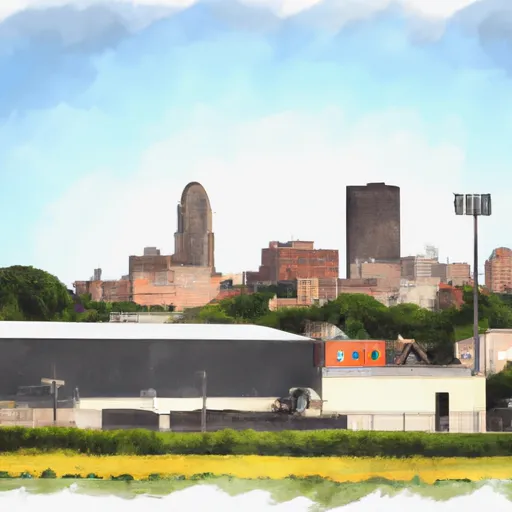°F
°F
mph
Windspeed
%
Humidity











Swea City is a small town located in Kossuth County, Iowa. It experiences a humid continental climate, characterized by hot, humid summers and cold winters. Average summer temperatures range from 70°F to 90°F, while winters can be quite chilly with temperatures ranging from 10°F to 30°F. Swea City receives about 30 inches of rainfall per year, evenly distributed throughout the seasons, and occasional snowfall during winter months.
As for hydrology constituents, Swea City is not situated near any major rivers or lakes. However, it is surrounded by fertile farmland, with agriculture being a dominant industry in the area. The town relies on groundwater sources for its drinking water supply.
Outdoor recreation opportunities in Swea City and its surrounding areas are abundant. Residents and visitors can enjoy activities such as fishing, hiking, and camping at nearby lakes and parks. Eagle Lake State Park, located just 10 miles away, offers a beautiful natural setting with opportunities for boating, swimming, and picnicking. Additionally, the area is known for its hunting opportunities, with various wildlife species available for hunting during designated seasons.
Weather Forecast
Swea-City receives approximately 800mm of rain per year, with humidity levels near 83% and air temperatures averaging around 8°C. Swea-City has a plant hardyness factor of 5, meaning plants and agriculture in this region thrive during a short period during spring and early summer. Most plants will die off during the colder winter months.
Regional Streamflow Levels
63
Cubic Feet Per Second
8
Cubic Feet Per Second
6
Cubic Feet Per Second
61
Cubic Feet Per Second
Nearby Camping
| Camping Area | Reservations | Toilets | Showers |
|---|---|---|---|
| Eagle Nest Park | |||
| Clear Lake Co Park | |||
| Truman City Park | |||
| Watona City Park | |||
| Rapidan Dam Co Park | |||
| Flandrau State Park |



